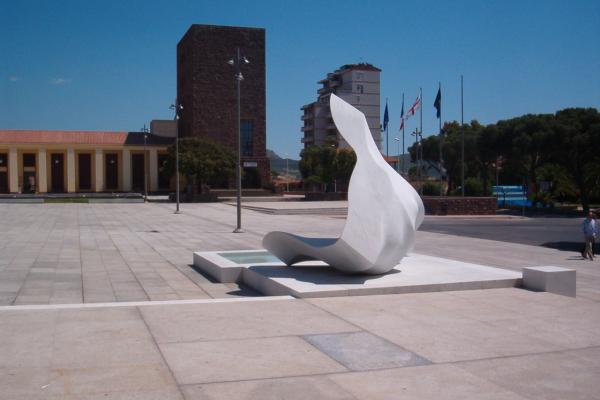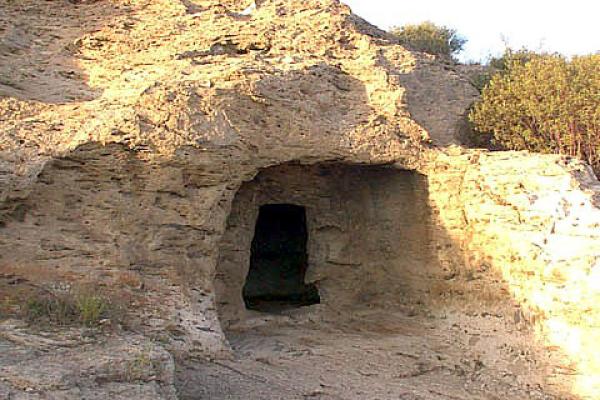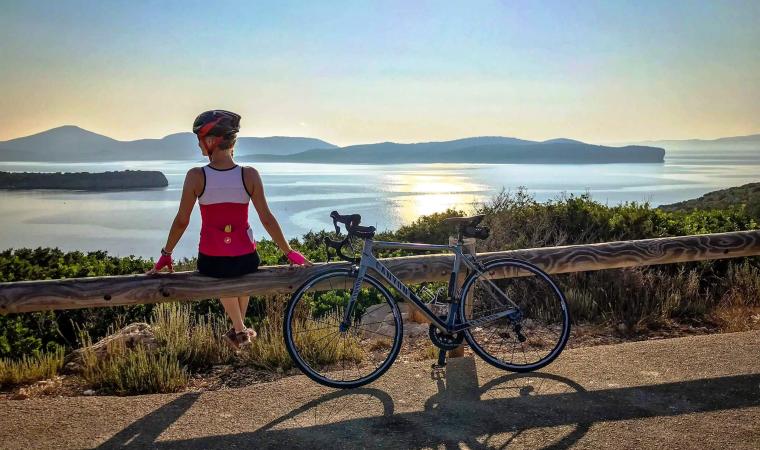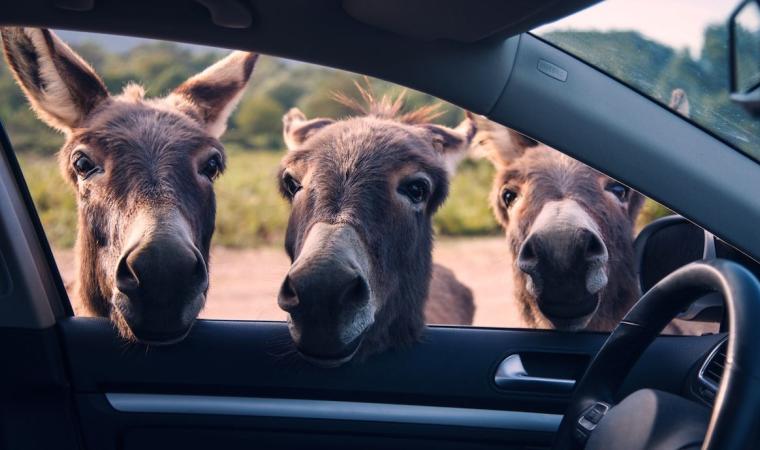
Wearing hiking shoes or riding a bike, with binoculars and smartphone always at hand. ...and, of course, a lot of curiosity for exploring nature. This is what you need if you want to dive into an ‘aquatic’ world very close to the sea, yet distant in terms of characteristics and ways of experiencing it: these are the wetland, marshy areas of Sardinia, ecosystems populated by often rare examples of plant and animal life, where a delicate balance reigns between man and the environment. Ideal destinations for relaxing walks, especially with the warm colours of sunrise or sunset. The sea is sometimes only separated from a pond by a strip of sand, like at Villasimius, in the protected marine area of Capo Carbonara: behind the pure white beach of Porto Giunco you will find the Pond of Notteri, with its blue waters coloured by the pink of its famous inhabitants, the flamingos.



















